Contributed by Joe Montero
The beginning of the current bushfire season has been a disaster in many ways. The destruction is obvious.
The experience has also underlined that the political system in Australia is unwilling and incapable of meeting the needs of today. It tells us that the answer can only be found in by millions of Australians working together to ensure the needed change takes place.
Just about everyone understands that there is a connection between the hundreds of fires across Australia and the warming of the climate, and that this is making Australia hotter and dryer.
The following map from the Bureau of Meteorology shows just a glimpse of the record high temperatures. This is the record for 31 December 2018. It fits into a pattern of a steady the rise of temperatures across the nation over a few years. It has become even hotter over the last year.
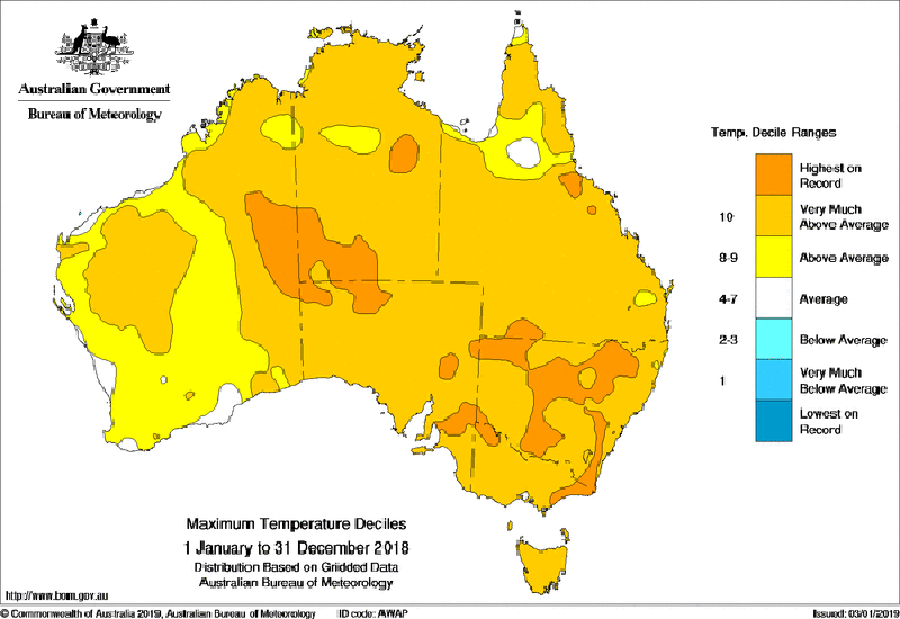
Rising temperatures are matched with declining rainfall. This second map representing almost the same time shows below average rainfall across most of the nation. The only difference now, is that the top end has dried up as well.
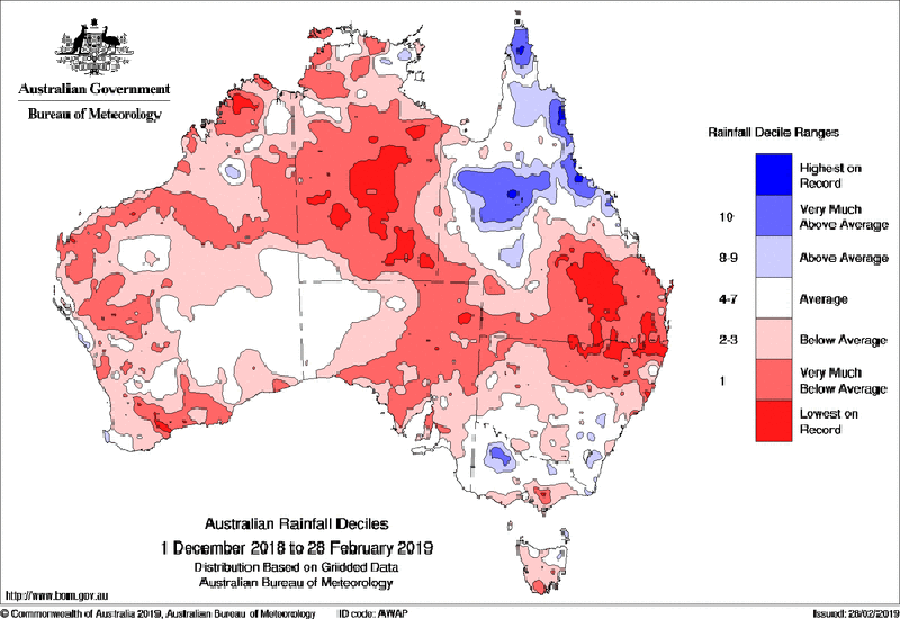
This fire season started earlier and has been more widespread than ever before. The environmental destruction has been enormous. Forests have burned and millions of animals have died. Areas that are not supposed to burn were enveloped by fire. The unprecedented drought had dried them so much, that it created the conditions for them to burn.
This is not all. The human cost has been tragic. Twenty-six people have died. The only mercy is that the death toll would have been much higher, were it not that Australians are among the most experienced in dealing a fire crisis.
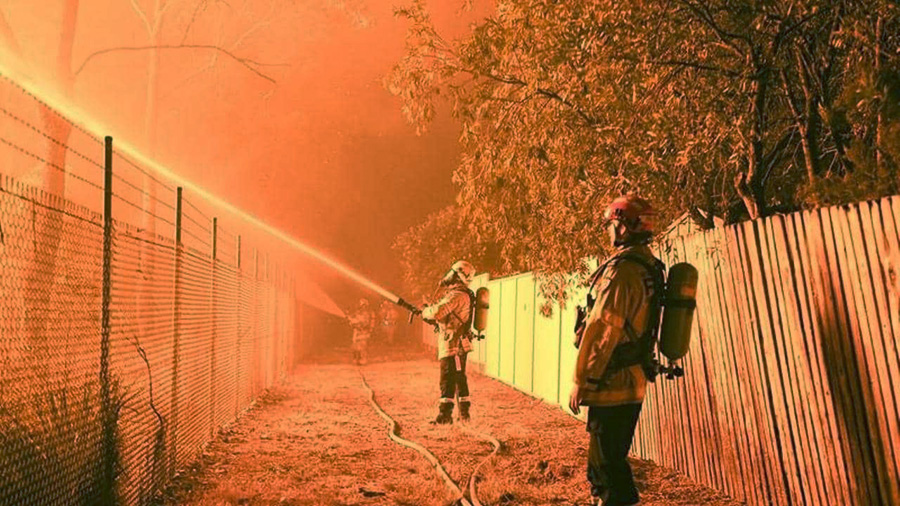
Cities and regional centres have suffered under a haze of smoke, which brings its own health risks from unleashed contaminants. Authorities have so far failed to make the details of this public. For instance, how much asbestos is there in the smoke? Many of the burnt homes and other buildings were built at a time when asbestos containing materials were widely used, especially in the country.
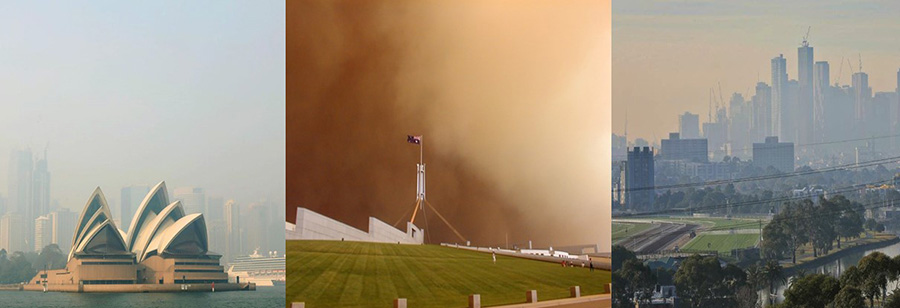
If this is not enough, a major part of Australia’s agricultural and pastoral industries, already reeling from the drought, have been gutted. Australia faces a fall in food output, and this will translate into higher prices, and at a time when it is already getting harder for the average person to make ends meet.
Direct damage and the economic impact yet to come will mean more poverty.
Prime Minister Scott Morrison could not have handled this disaster any worse.
Starting off by insulting those affected and doing all he could to stifle discussion about the cause of the fires, not doing enough to help those in need, and then, disappearing for a holiday in Hawaii, the Prime Minister seriously undermined his political standing.
He ensured that action was held up and the damage caused was worse than it would have been.
In contrast, thousands of Australian pitched in to fight the flames, give support to those who have suffered, and generously donated money to the cause.
Through this, they have shown that by sticking together, we can take on the challenges. It is joint action that unleashes the community spirit and heroism of individuals, and makes all the difference
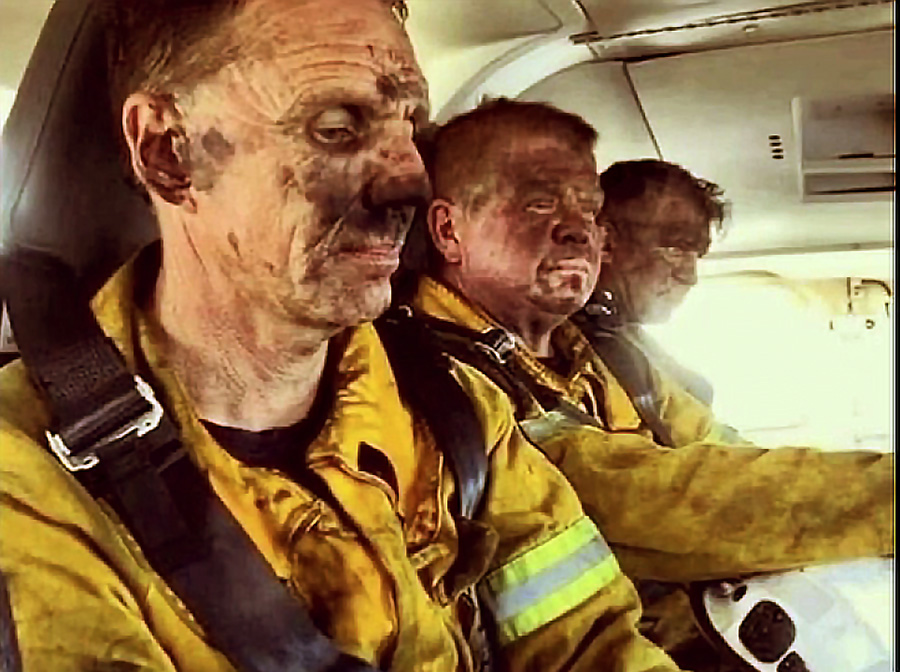
There could not be a greater gulf between this and the performance of the Australian government and its leader.
Political fallout is undermining the prime minister and his government. It is serious enough to have caused rumblings within the Coalition. This is not to say that Scott Morrison will be deposed tomorrow. He probably won’t. But the internal tensions have intensified, and the ramifications will be ongoing.
It was the public stance taken by fire fighting experts about the connection with climate change, which proved to be the pivotal point.
Morrison has found himself in a place where he had to return to Australia in a hurry, admit that climate warming is real and connected to the bushfires. This does not mean a change in policy and action. He and the machine around him have tried to contain discussion within very narrow limits.
On the one hand it is suggested that global warming, although real, is not as bad as some of the “alarmists” are saying. a few minor concessions have been handed out to try and make it look like they’re doing something. They remain far from what is needed.
On the other, the usual media suspects are wheeled out to blame the fires on greens. These towers of wisdom in their own lunchtimes, insist that greens have prevented burn offs of flammable material.
They neglect to mention that the decisions are made by functionaries in government departments, guided by advice from experts. The government didn’t listen to any of this.
They neglect to mention that many if the fires have taken place in rain forests that have not been prone to bushfires. And they neglect to mention that it was the Morrison government that cut back funding and resources to Australia’s firefighting capacity.
But it is impossible to hide that Australia is suffering the most widespread drought ever known, and that it covers most of Australia. The evidence is that there is a direct link between this and the climate crisis the planet is facing.
Wiser heads know the reality. The limiting of the debate and the attack on greens is part of a conscious two-pronged attack to manage the rise in public anger and send it down a a dead path.
The strategy is admit the planet is warming and this is going to have harmful effects, and put out that the government is doing what it can, while building its attack on those calling for more to be done.
The immediate danger, is this strategy succeeds, is action on the climate crisis will be delayed further and at further cost to the land and society.
The difficulty they face is that too much has happened. Reality has brought home to millions, that climate crisis is not a distant threat, but beginning right now.
Making it even tougher for the Morrison government, is the public disclosure of a hidden plan, which shows that this government has known about what is coming for some time. It is Cclled the National Disaster Risk Reduction Framework, it put together means to deal with climate crisis and associated natural disasters.
Internal political division within the Coalition parties, the sacking of Malcolm Turnbull and the rise of Scott Morrison, meant that the plan was shelved and hidden for one and a half years before the fires started.
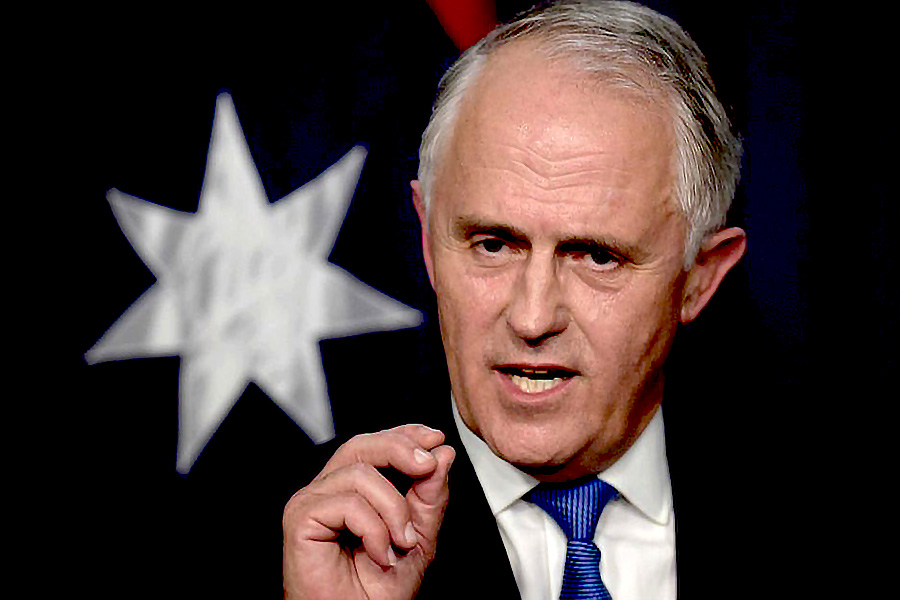
The obvious misleading, cost cutting and failure to act as at a time of crisis is negligence. Those responsible deserve to be brought to account.
But far more important, is that the bushfires and the public outrage associated with them, provides conditions to build a bigger and broader grass roots movement to deal with the climate and its associated economic and social needs from the ground up.
In this way, the spirit shown by many Australians over the bushfires can be applied to the even bigger needs involved in taking on the climate crisis.
This chance must not be wasted.
If Australia only rely on the politicians to do the right thing, We will all be waiting a very long time. only a bottom up and broad based movement will ensure that change comes in time.

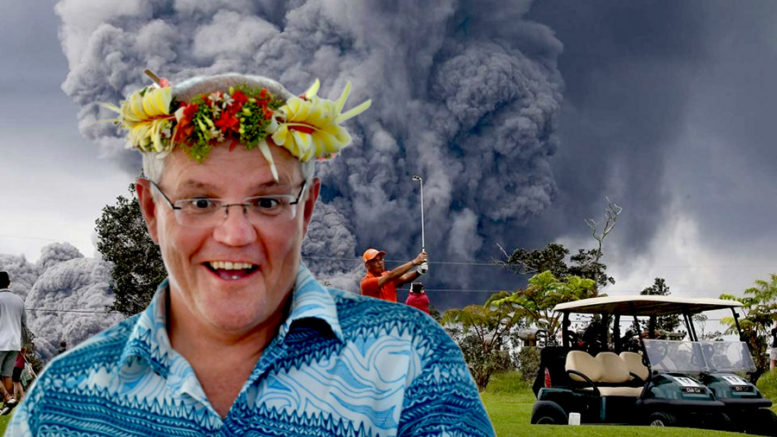
In NSW the drought caused fires but Berejiklian caused the drought by bulldozing mature woodlands.